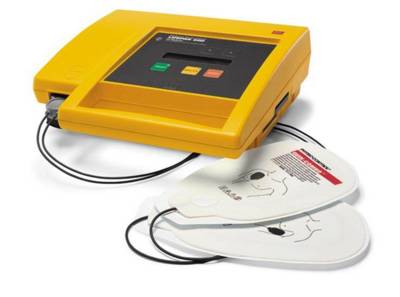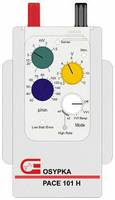Fame of "PHYSIO-CONTROL" Accorded Dominant Weight in TTAB's Confusion Analysis
It is not often that the Board upholds an Opposer's claim that its mark is famous for purposes of a Section 2(d) determination, but the TTAB did just that in Medtronic Physio-Control Corp. v. Osypka Medical, Inc., Opposition No. 91124380 (October 22, 2004) [not citable]. The Board found PHYSIO-CONTROL to be a famous mark for external defibrillation products, and accorded that fame "dominant weight" in its likelihood of confusion analysis under the fifth du Pont evidentiary factor.


As to the marks, although PHYSIO might be somewhat suggestive, it appeared that Medtronic is the only user of that term in connection with the subject goods; the Board found PHYSIO to be the dominant feature in each of the marks at issue, and ruled that the marks create similar overall commercial impressions.
But the dominant du Pont factor was the fame of the PHYSIO-CONTROL mark, which Medtronic established with evidence of more than $2.5 billion in sales since 1975, advertising expenditures of more than $850,000 per year, numerous media articles, and a 47% share of the market for external defibrillation products. As the Board observed, citing Kenner Parker Toys, Inc. v. Rose Art Indus., Inc., 22 USPQ2d 1453, 1456 (Fed. Cir. 1992), "[a] strong mark . . . casts a long shadow which competitors must avoid."
The Board, as if often does, declined to reach Medtronic's claims under Sections 2(a) [false suggestion of a connection] and 43(c) [dilution]. Given the difficulty of establishing a Section 2(a) claim, and the near identity of marks required for a dilution claim, Medtronic was probably just as well off.




0 Comments:
Post a Comment
<< Home